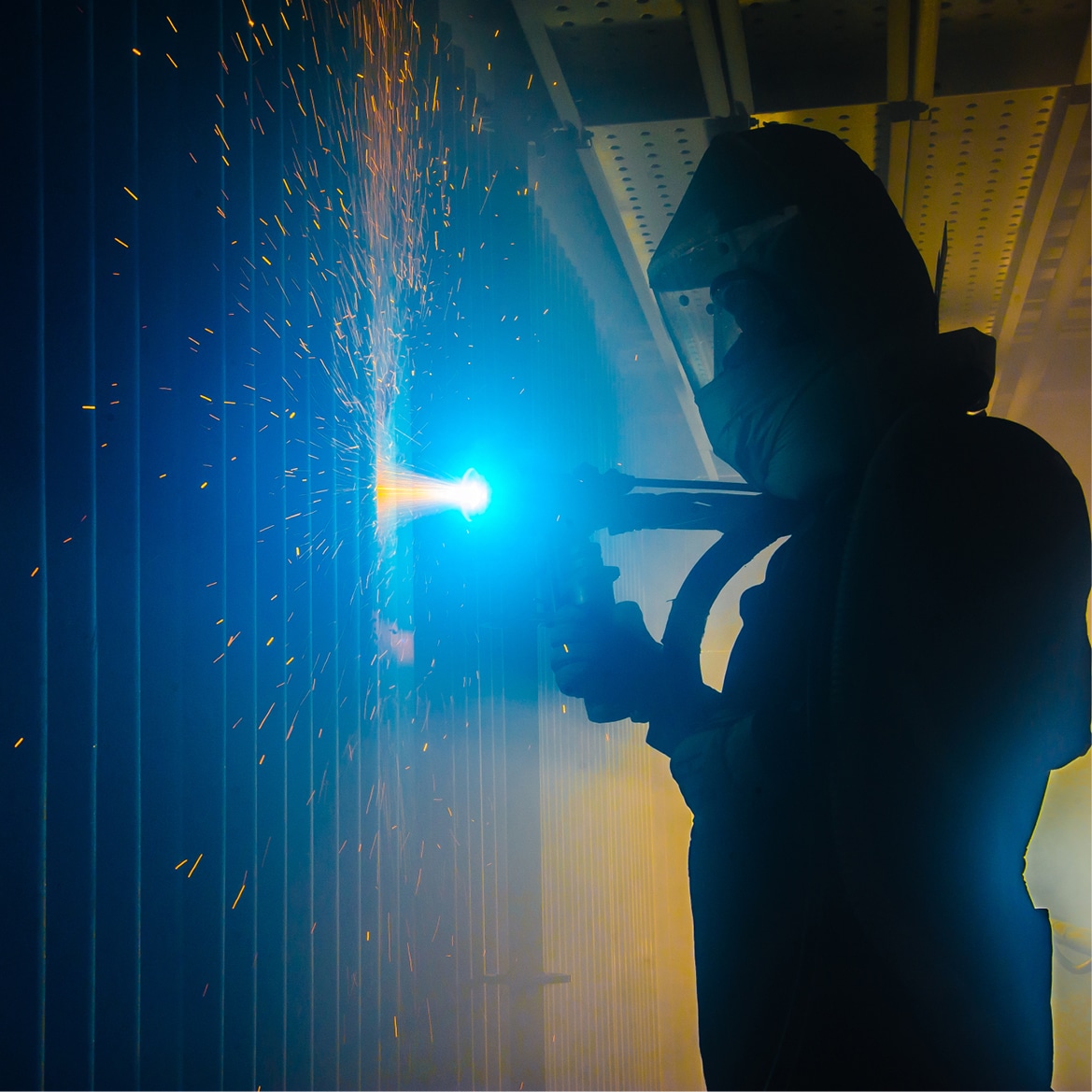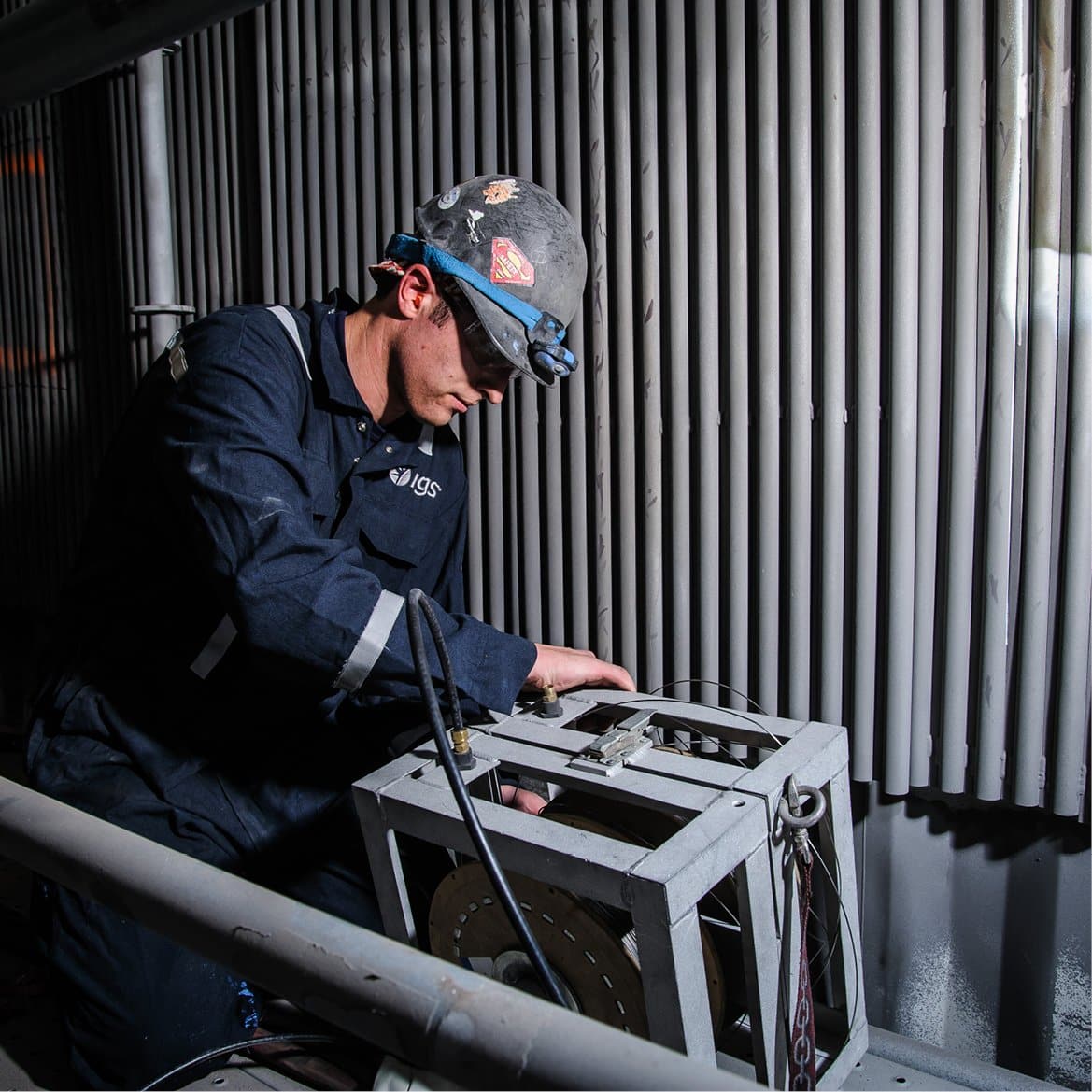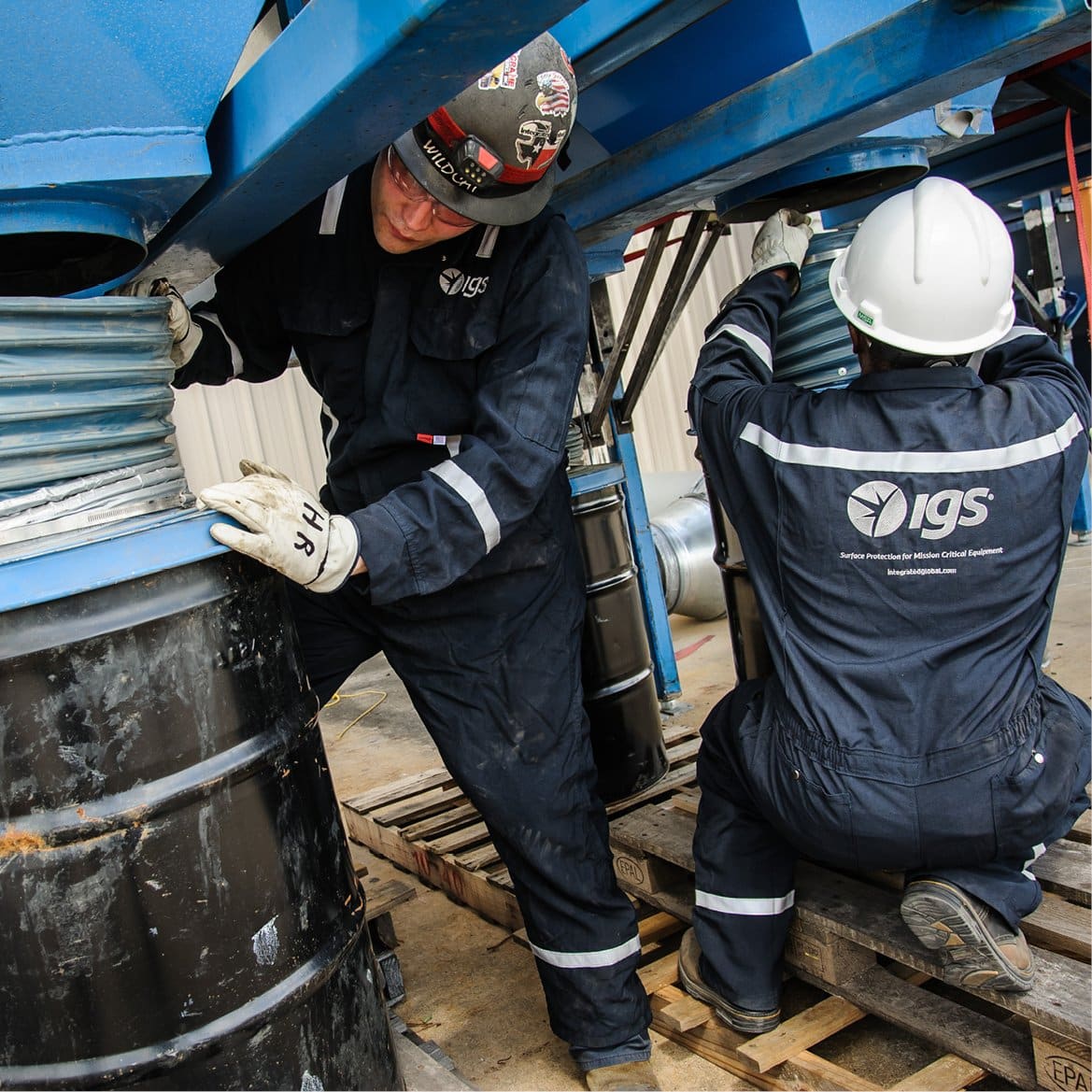We provide corrosion-resistant metal alloy protection for Waste incinerators, biomass- and Waste-to-Energy Boilers. Typically designed for medium or large installations, these boilers produce steam by burning biomass, recycled biomass, or pre-treated industrial or urban waste. Fuel flexibility offers related cost reduction but results in boiler corrosion.
However, mixed fuel environments create extreme environments that can predispose equipment to damage. There is a wide variability of boiler design: horizontal grate, inclined grate, bubbling fluidized bed, circulating fluidized bed, etc. If the fuel contains plastics and other chemicals, Chlorine, Sulphur, and other alkali and heavy metals can generate, dramatically increasing the thickness loss rate through corrosion mechanisms.
Without proper preventative care, these conditions can lead to unexpected outages and high maintenance costs, reducing the efficiency and emission benefits of these boilers. However, the material improvement solutions offered by IGS can lead to a longer, better life for WtE boilers.
Increasing efficiency of WtE boilers means increasing pressure and temperature inside the boiler tubes. The combination of new fuel types containing higher levels of corrosive agents with these higher temperatures and pressures can lead to material softening. Accelerated fireside boiler corrosion starts on the unprotected steel heat exchange surfaces of the super-heaters and erosion resistance declines.
Most corrosion protection mechanisms consist of generating a corrosion barrier on the base metal by forming an oxide layer. The challenge inside WtE boilers is that this layer is quickly eroded forcing the formation of another layer and consequently leading to the erosion-corrosion phenomenon. Erosion-corrosion thinning can happen quickly when harsh conditions are combined with soft or poor erosion resistance materials.

Chlorine species are highly responsible for high-temperature boiler corrosion in waste-to-energy and biomass sectors. Chlorine species dissolve in the flue gas during fuel combustion. The saturated chlorine salts condense at the relatively cold heat exchanger surfaces (cold trap). It can directly cause corrosion on metallic surfaces. The partial pressure of the chlorine salts near the steel surface increases at positions with high heat flux, which increases the reactivity of the chlorides driving corrosion.
The reaction between the chlorides and the iron on the steel surface results in iron chloride. The partial pressure of iron chloride gas is high. Consequently, it diffuses into the fouling where it contacts with oxygen to form iron oxide (Fe2O3 and Fe3O4). Sometimes chlorine corrosion is called active oxidation. Chlorine released diffuses back to the steel to cause a further corrosive attack. The result is an iron chloride layer directly on the tube surface, followed by a thicker layer of iron oxides, often penetrated by chloride salts.
That being said, the content of chlorine species in the flue gas is not as important for the intensity of the high-temperature corrosion as the content of specific chlorides inside the fouling and the heat flux density at the tube wall.
The hot molten salt fireside boiler corrosion process starts similarly to the high-temperature corrosion described above under the condition that the temperature of the tube surface is higher than the melting point of the precipitated salts so that salt melts directly on the metal surface. The resulting salt melts dissolve existing oxide layers, which lets the corrosive chlorine gas dissipate to the metal surface. Hot salt melts also change the structure of the fouling from a porous to a dense cover, trapping the iron chloride and closing it off from the gaseous oxygen thus supporting chlorine corrosion.
Pitting is an even more dangerous mechanism of the molten salts reacting as a liquid electrolyte directly with the steel and dissipating it.
When the temperature of the flue gas decreases, gasses present in the environment reach saturation and droplets of liquid start to condense on solid surfaces. The saturation temperature depends on the load of the concerned gaseous species and (for sulfuric acid) on the humidity of the flue gas. The liquid electrolytes form wet spots on the surfaces, causing general corrosion and material loss in the form of pitting or almost uniform. In waste-to-energy plants the dew point corrosion is less common than in coal-fired plants, because SO3 reacts with chlorine species, making the formation of sulfuric acid less likely.

Refractory protection is the first defense against corrosive flue gases and can also have excellent erosion properties, but has limited heat exchange properties as the thermal efficiency is low. Refractory alloys can be used, but due to the excessive material costs and limited erosion resistance, the implementation of the surface protection layer is often a more cost-effective solution.
The use of thin ceramic coatings seems like an attractive approach, however, the thermal expansion mismatch and the fragility of such coatings make this solution unreliable. The coatings tend to crack and corrosion can develop underneath the protective layer which can then peel off.
Most of the weld overlay hard-facing alloys have a high propensity to cracking which can propagate into the base metal. Such solutions should be avoided on pressure parts but may be used on the mechanical structure.
One of IGS’s strengths is that we select our protective materials based on an in-depth analysis of the wastage mechanisms present in your equipment’s unique environment. Our solutions perform in the conditions of that exact boiler to mitigate corrosion and erosion. We apply our protective materials in a matter of days, during your planned turnaround periods. Our highly mobile global team of trained and experienced personnel provides the most convenient and effective solutions for your equipment.
We successfully use HVTS coating for decades in boiler corrosion applications. We have designed High Velocity Thermal Spray for applying a metal layer with very low porosity and sealability to better protect the base metal in high corrosion environments. This technology allows the use of solid or cored wire, enabling easy material modification compared to technologies depending on the market available solid wire. Since the process does not generate any dilution with the base metal, the quality of the coating remains uncompromised.
IGS brings to bear decades of experience to bring you the best and most efficient technology for field application:
Integrated Global Services Europe provides on-site thermal spray coating inside WtE and Biomass BFB boilers. We work in all countries of Europe, including the UK, Germany, the Netherlands, Italy, Switzerland, and France, from our operations center in the Czech Republic. We spray coatings in the United States, Middle East, Japan, South-East Asia, as well as Africa.
To learn more about corrosion prevention in WtE and Biomass boilers, contact us today to talk with an IGS Subject Matter Expert.

Thanks to this HVTS project, IGS allowed the client to maintain their original shutdown schedule and maximise productivity and profit.
The client was experiencing serious fireside corrosion. Before consulting with IGS, the client was expecting to extend their shutdown period significantly to complete all necessary repair work. The problem occurred when energy prices were extremely high, meaning reduced productivity would have resulted in a serious profit shortfall. Therefore, the client’s biggest focus was maximising the productivity of the unit.
Key requirements:
IGS was able to facilitate those key factors, with the additional benefit of delivering quickly and in situ, allowing the client to maintain their original shutdown schedule, therefore maximizing productivity and profit.
IGS is here to provide information, answer questions and create an effective solution for your needs.
The fireside of the boiler tubes experiences extreme heat and is attacked by corrosion species such as sulfides, chlorides, and halides.
Fireside corrosion is a complex phenomenon due to the number of chemical and physical reactions influencing the damage process. Two significant contributors to the damage are corrosive species in the fuel, such as sulfur and chlorine. The local furnace environment also contributes, including the composition of the furnace gases, the composition of the slags that form on the walls as a by-product of combustion, and the tube metal temperatures.
The reducing atmosphere fireside corrosion is caused by a reduced amount of oxygen in the flue gas. This hinders building a protective oxide film layer on the tube fireside. Unprotected low-carbon pressure parts react with corrosive species in the flue gas. Unburned carbon, iron oxide and iron sulfide found in scale overlaid by sintered deposits are typical signs of poor combustion and locally reducing environments. By design, low NOx firing technologies (burners and staged air) stage combustion and create a reducing atmosphere in the lower furnace.